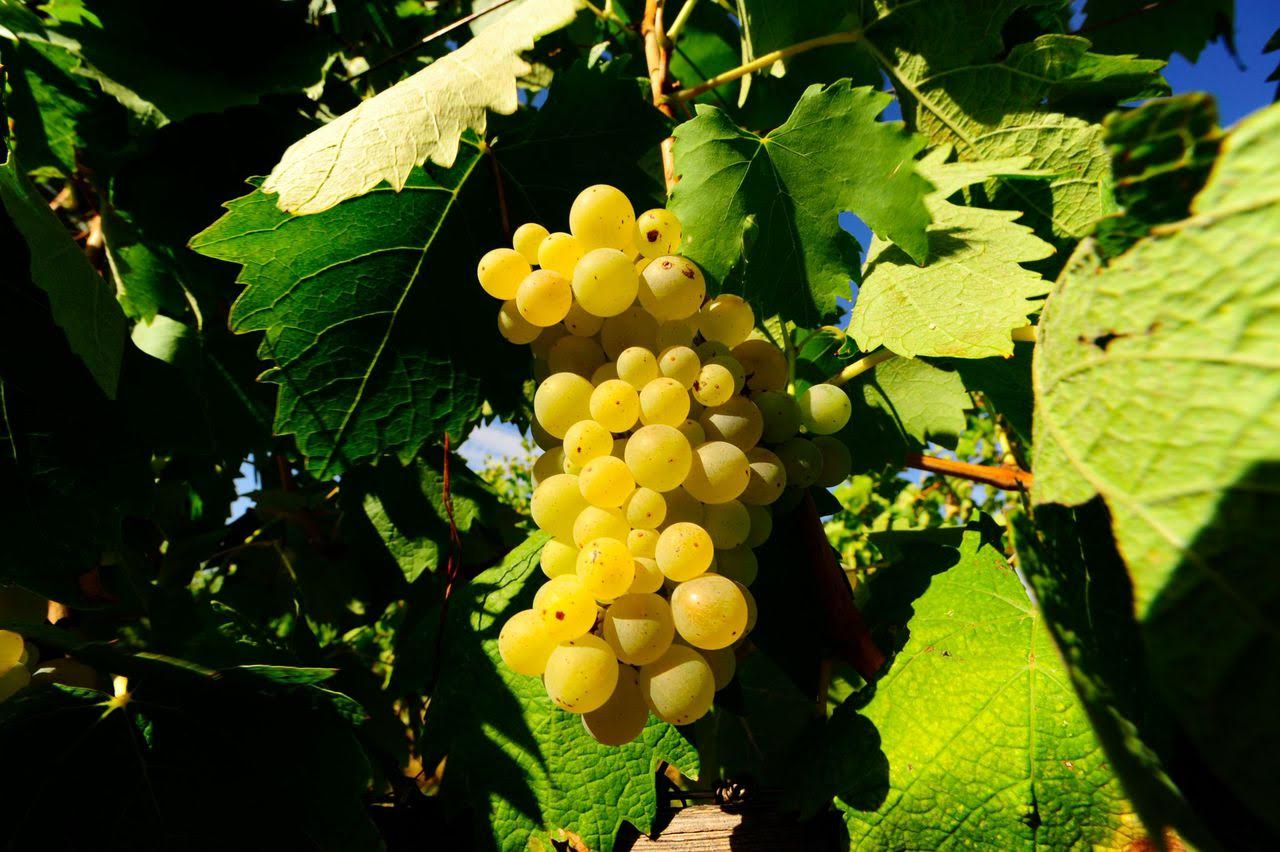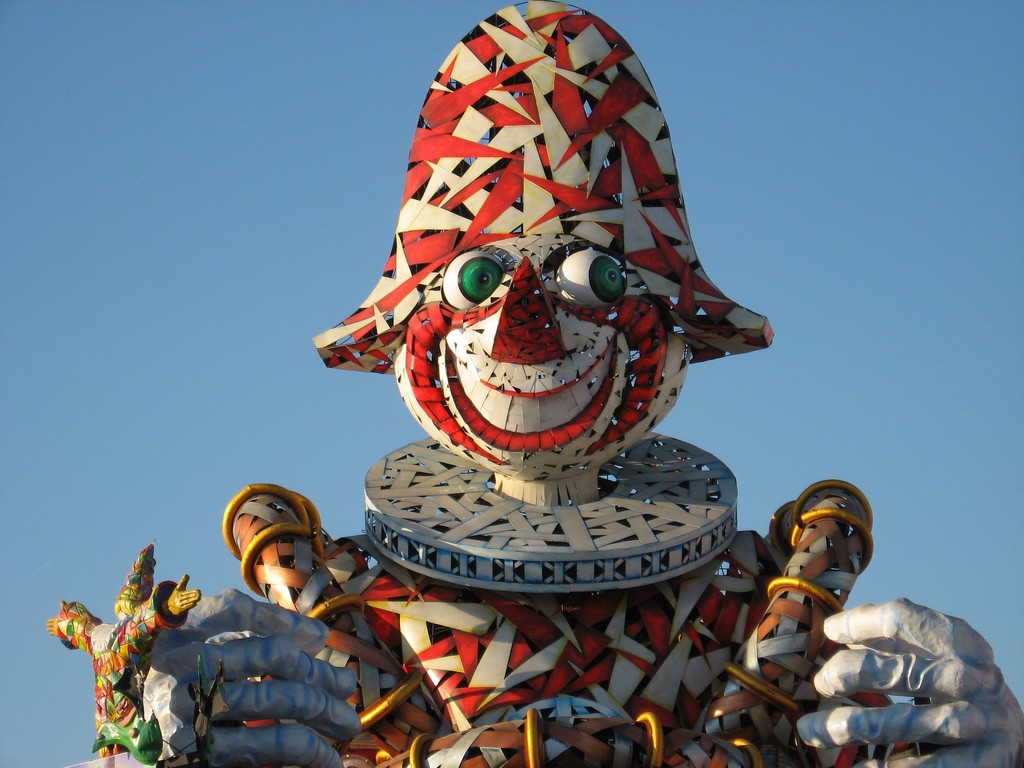Pure Tuscan pride, famous all over the world as the Brunello, the wine that is produced here, the small village of Montalcino is a pretty pearl of the province of Siena. It is located on the western edge of the Val d’Orcia, lying near Mount Amiata, not far from the province of Grosseto, suspended in the magic of the sweetest hills of Italy.
The ancient medieval village of Montalcino rises on top of a hill and houses a series of monuments of great prestige that overlook an enchanting panorama. It has only 5 thousand inhabitants but, despite this, it is the largest municipality in the province of Siena; it consists mainly of hamlets, hamlets and some totally uninhabited nuclei that, even today, retain unique and highly valuable historical evidence. Some structures of great value have been transformed into hotels and farmhouses, making Montalcino a tourist destination of great interest.

borghi
Its strategic location is another reason for its tourist success, since from Montalcino you can easily move in the surrounding areas, even in a day and offers a large number of services for all those who want to stay overnight and stay on site for a few days.
Let’s find out what to see in Montalcino, what to do during your stay and what to discover in the surrounding area!
What to see in Montalcino
The historic center of Montalcino is a little gem, so you can walk without difficulty and visit the main attractions in a few hours. Here are the main ones:
Palazzo dei Priori
In Piazza del Popolo, located in the heart of the historic village of Montalcino, stands the majestic Palazzo dei Priori: built at the end of the thirteenth century, has facades decorated today with the coats of arms of the various podestà who have ruled the country over the centuries.
Behind it stands the medieval tower with its built-in clock and its extraordinary battlements.

italyguide
Abbey of Sant’Antimo
About 10 kilometers from the center, in the hamlet of Castelnuovo dell’Abate, there is the Abbey of Sant’Antimo, a former Benedictine convent dating back to the twelfth century and built in full Tuscan Romanesque style. Used until the sixteenth century, to be abandoned permanently, is dedicated to Sant’Antimo, whose history has several versions: some believe that he was a priest imprisoned under the government of Diocletian, Others claim he was a martyred deacon from Arezzo.
Over the centuries, the abbey has been modified several times and today, of the ancient structure, only the Carolingian Chapel and some remains of the chapter house remain. The complex also still maintains a cloister and a large abbey church.

tuscanypeople
Museums gathered
Culture, in Montalcino, plays a leading role, especially in relation to its Museums, composed by the Civic Museum and the Diocesan Museum of Sacred Art. The two, initially born as separate entities, were united in 1997 and are currently part of the Sienese museum circuit. On the three interior floors there are twelve rooms that host over two hundred works of art, including the Crucifix of Sant’Antimo (from the abbey), the Madonna di Simone Martini, the Coronation of the Virgin by Bartolo di Fredi and the Majesty of the Old Lady representing the Renaissance.
The two museum complexes, in addition to beautiful paintings, also offer sculptures, majolica, vestments, gold and illuminated codes. One section, among other things, is entirely dedicated to the art of the twentieth century, while another collects archaeological finds from the Bronze Age and the Etruscan and Roman civilizations.
Duomo di Montalcino
Dating back to the nineteenth century, the Cathedral of Montalcino also bears the name of the co-cathedral of Santissimo Salvatore; designed by architect Agostino Fantastici in neoclassical style, is located in the historic center, in the homonymous square, along with its bell tower.
Inside there is a pipe organ of 1859 and there are several works of art, including the Immaculate Conception with Jesus and God the Father of Francesco Vanni.

italyguide
Fortress of Montalcino
Among the symbols of Montalcino is undoubtedly its fortress, built in 1361 at the highest point of the village to protect it from possible enemy invasions. It has a pentagonal structure and includes some buildings built previously, including an ancient basilica that later became the Chapel of Casello Romitorio.
Visitors can walk along the bastions of the fortress to enjoy the beautiful and evocative views of both Montalcino and the surrounding landscape.

borghi
What to do in Montalcino
In addition to this first-class cultural offer, Montalcino, like all Tuscan towns, offers tourists and visitors a large number of events based on good wine and gastronomic peculiarities, being the Tuscan one among the most renowned cuisines in Italy.
Participate in the Festival of the Thrush
The most characteristic event of Montalcino is the Sagra del Tordo which, since 1957, takes place on the last Sunday of October. Its equivalent, in a reduced version, is the Opening of the Hunts which, instead, is held on the second Sunday of August.
Twice a year, therefore, the various districts of Montalcino, namely Borghetto, Pianello, Ruga and Travaglio compete in archery competitions involving the entire population.

palazzodelcapitano
Take a tour of the cellars
As mentioned at the beginning, Montalcino is famous at a national and international level especially for its wines, Brunello and not only ; that’s why, once arrived on site, it is almost right to make a tour of the local wineries and taste the various labels.
There are many farms throughout the territory, so there are guided tours that usually also include pleasant tastings. In some cases, participants can also visit the vineyards, stroll through the rows and enjoy a truly unique and exciting atmosphere.
The cuisine of Montalcino is at the height of its wines, discover the gnocchi of polenta, farinata and soups in all their variations, meat from Florentine steak to game and finished with the renowned local desserts, ricciarelli, panforte, rustic and almond.

castellooliveto
What to see around Montalcino
In addition to a tourist destination because of the various attractions that it offers and preserves inside, Montalcino is also an excellent starting point to discover the surrounding areas, enclosed in the territory of the Val d’Orcia that, at least once in a lifetime, deserves to be included among their travel destinations.
Pienza
The town of Pienza, known in the past as Corsignano, takes its name from the man who designed it as the ideal city: Enea Silvio Piccolomini, that is Pope Pius II.
Anyone who is passing through this area of Tuscany is recommended to make a stop in Pienza, declared a World Heritage Site by UNESCO and famous for its streets, for the pecorino cheese and, above all, for the beautiful panorama that you can admire from inside.

fondoambiente
Monticchiello
Hamlet of Pienza, Monticchiello is located on the valley along with its Cassero, its walls and its beautiful medieval gate. It is an ancient village, which has managed to keep alive the tradition of the Teatro Povero, a socio-cultural project conceived in the sixties; At that time, the strong economic and social crisis pushed the inhabitants of the village to confront the problems of the moment by meeting in a theater square, with the aim of starting over and rebuilding.
The appointment with the Teatro Povero is usually fixed in the second half of July and during the first week of August; for the occasion, citizens stage a drama studied collectively and focused on current affairs.

tuscanypeople
San Quirico d’Orcia
Just outside the walls is San Quirico d’Orcia, home to the most photographed cypress trees in Tuscany. Perched on a hill, it was built on the remains of the ancient village of Osenna and takes its name from the Via Francigena, or rather, from the journey of Sigerico who calls it by the name of Sce Quiric.
The presence of the Hospital della Scala testifies to the fact that the town was passing through for pilgrims.

borghi
Bagno Vignoni
The small and enchanting village of Bagno Vignoni consists of an ancient village with a few dozen inhabitants, well known for its spas, widely visited already in Roman times.
Despite the wars and looting suffered over time, its structure has remained identical: it develops around a pool that collects the thermal spring, whose body of water has been transformed into an original and evocative square.
Castiglione d’Orcia
In the middle of the Val d’Orcia, there is Castiglione, a beautiful village located on a hill at the foot of Mount Amiata. The village is guarded by the Rocca di Tentennano, a majestic and imposing fortress built on a limestone formation.
Its historic center is highly suggestive, characterized by small cobbled streets that meet in the central square, called Il Vecchietta and dedicated to Lorenzo di Pietro.
Enjoy calmly Montalcino and its surroundings will be one of the most beautiful memories of your travels in Italy.
Copertina: tuscanynowandmore




